
- Permbajtja
- prev
- next
- prev
- next
Alejandro Sticotti is a leading residential architect and furniture designer from Buenos Aires, Argentina. He studied architecture at the University of Buenos Aires before establishing his own line of furniture, NET. Ever since the beginning, Alejandro has expressed his preference for simple lines and their affinity with the funcionalist ideology. For him, form must be inevitably connected with function, and he has never distanced himself from this idea.
His projects intervene comprehensively in all stages of the process, from design to production. The architect actively participate in the doing of the project. Crafts is a way of searching for an aesthetic result. A forceful presence of the natural, the raw and the authentic represented in the materials and textures. He also worked with his wife Mercedez Hernaez and architect Nicolás Tovo.
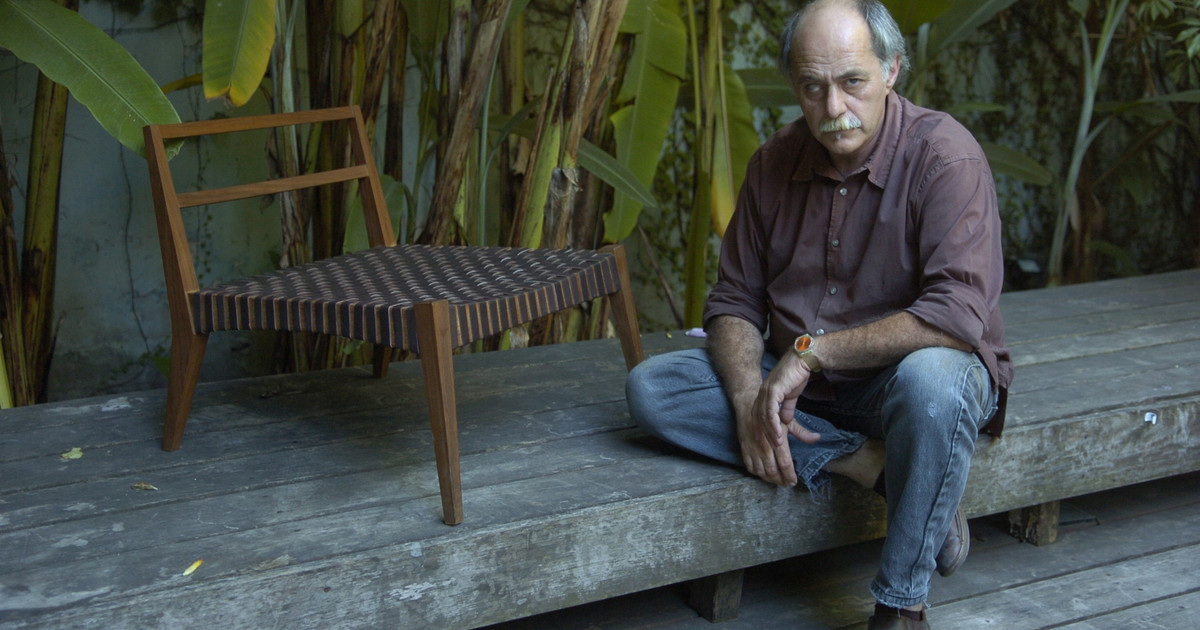
The thing that binds all of the projects together is the use of wood, in its varieties of Lapacho, Cedar, Paradise and Brasilian Pine. Present in all of his creations, this material feeds warmth and quality into each of his pieces. As do the Scandinavian and Japanese masters that he admires, Sticotti loves to work with solid wood, crafting skilful forms out of them.
His architecture uses simple materials in an honest way. He doesn’t like paint or plaster; he prefers to leave things as they are and show how they’re made, letting nature take its cause. In his pieces the materials express their true texture and colour. The houses themselves are worked in great detail with the care of a craftsman, and are not designed to the logic of standardised production.
On 3 October 2020, Alejandro Sticotti, architect, designer and entrepreneur, passed away. A militant of simplicity and a lover of natural materials, by his own decision he dedicated himself to houses and things without depending on anyone.
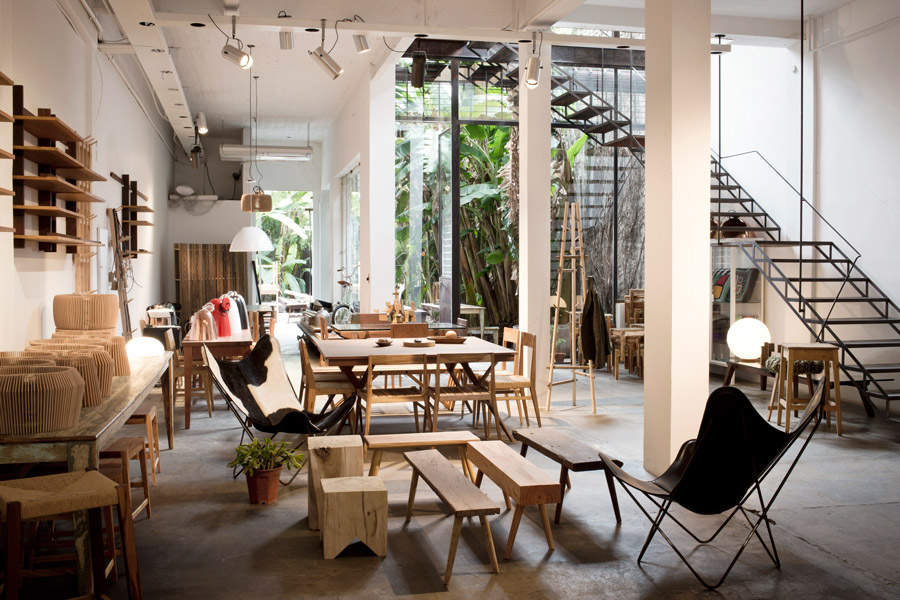
Sticotti Showroom
Olivos House – 2006
The house is located in a land of 15 x 35mts, surrounded by three English style houses with large gardens. The transparences of the ground floor integrate the garden with the interior. The position of the house in the lot respond to the orientation and to the search of visuals, as well as to the position of the limiting houses. As for the materiality, it is a mixed structure of concrete and iron with retak enclosures lined in exterior wood and multilaminated in the interior.
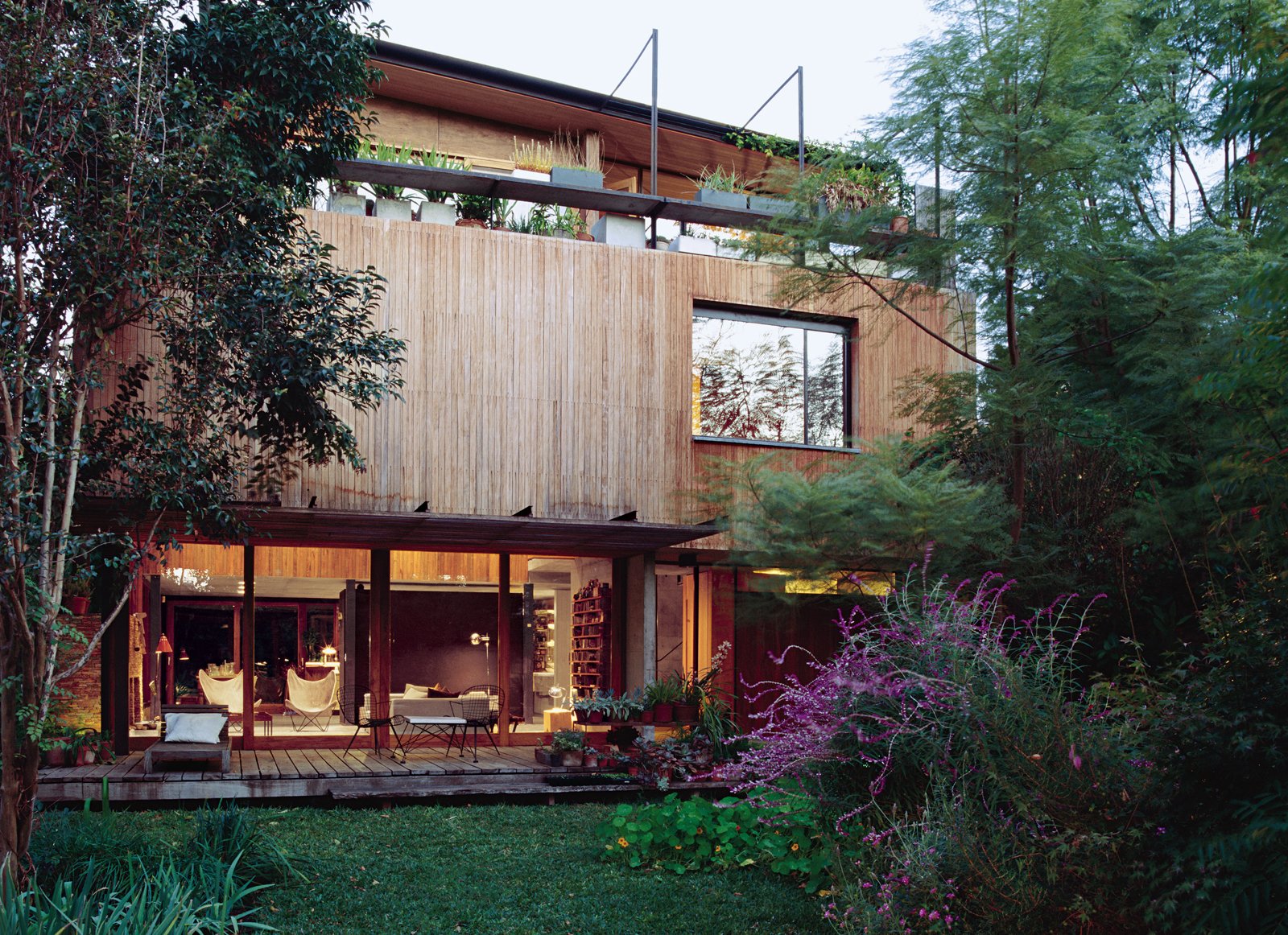
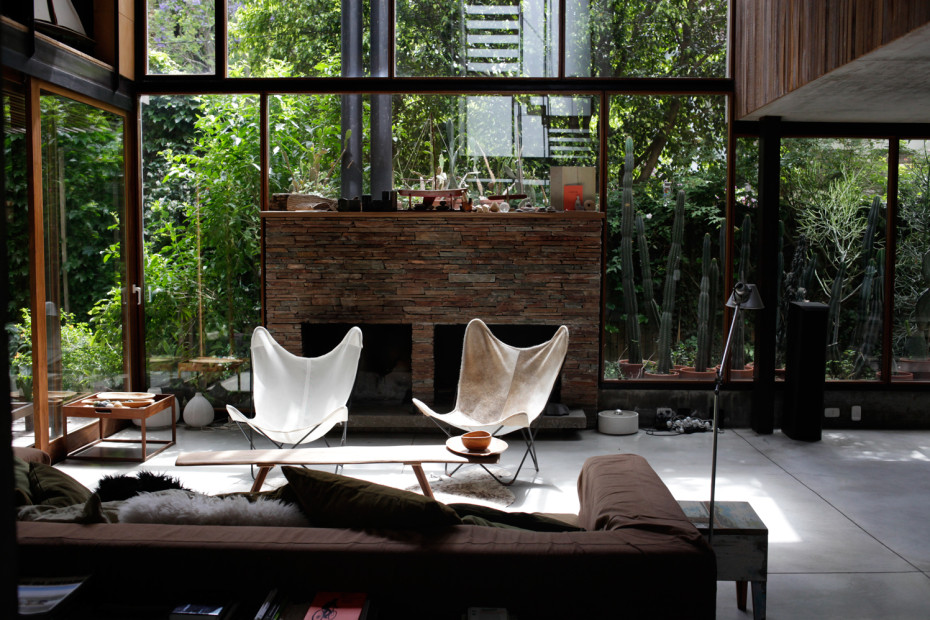
Maspero House – 2010
This house without ornaments or architectural prowess, seems to float in a garden of Eden. A slatted house, to live as close as possible to nature. Several terraces are arranged as outdoor lounges where plants of all species flourish. The materials used for the exterior and the interior harmonize smoothly. The architect mixes stained wood and rough wood. The raw materials are locally sourced and sometimes recycled. Each piece establishes a dialogue between the interior and the exterior.
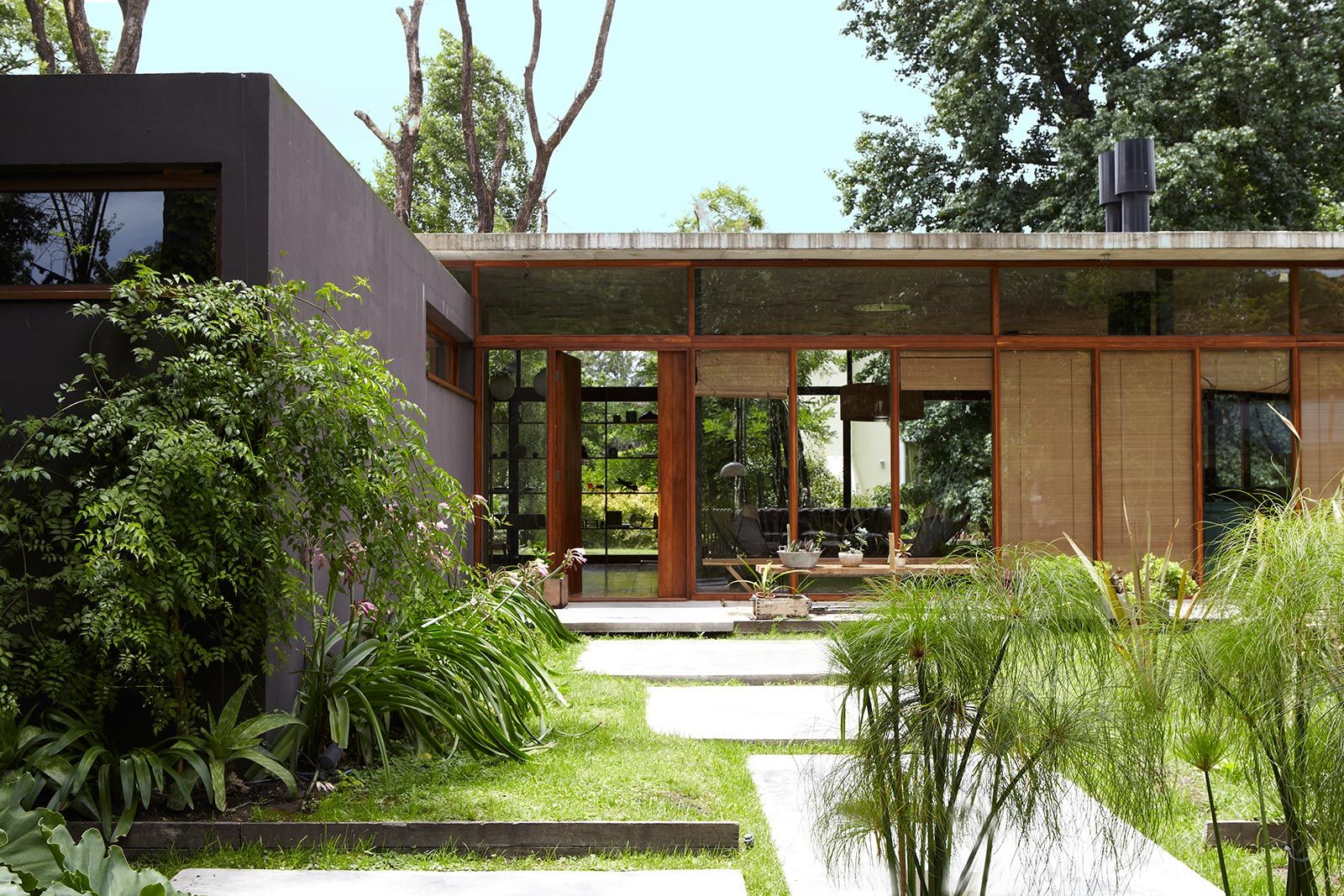
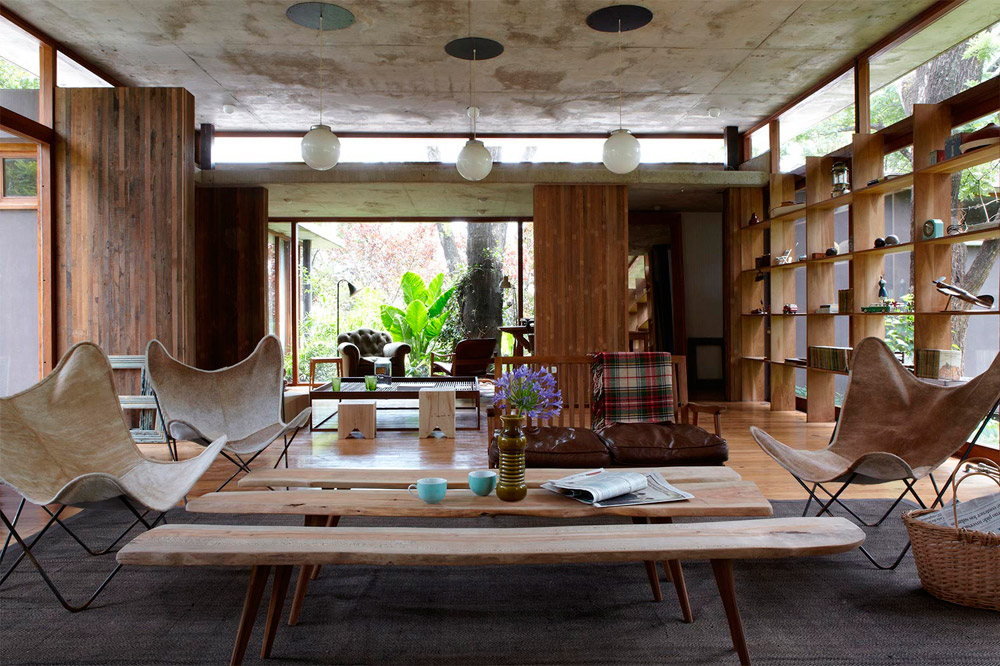
La Pedrera House – 2014
A holiday home that Argentinian architect Alejandro Sticotti designed for himself and his family, the property is located in ‘La Pedrera’, a seaside resort in Uruguay on the Atlantic Ocean, just a five minute walk from the beach. Made from a combination of concrete and wood, Sticotti oriented the two-storey building to take in sea views. The ground floor contains a large kitchen and dining area that spills out onto a deck at the rear of the home, while the upper level accommodates the living room as well as the master bedroom with sea views. Meanwhile, a separate guest house in the backyard contains two additional bedrooms.
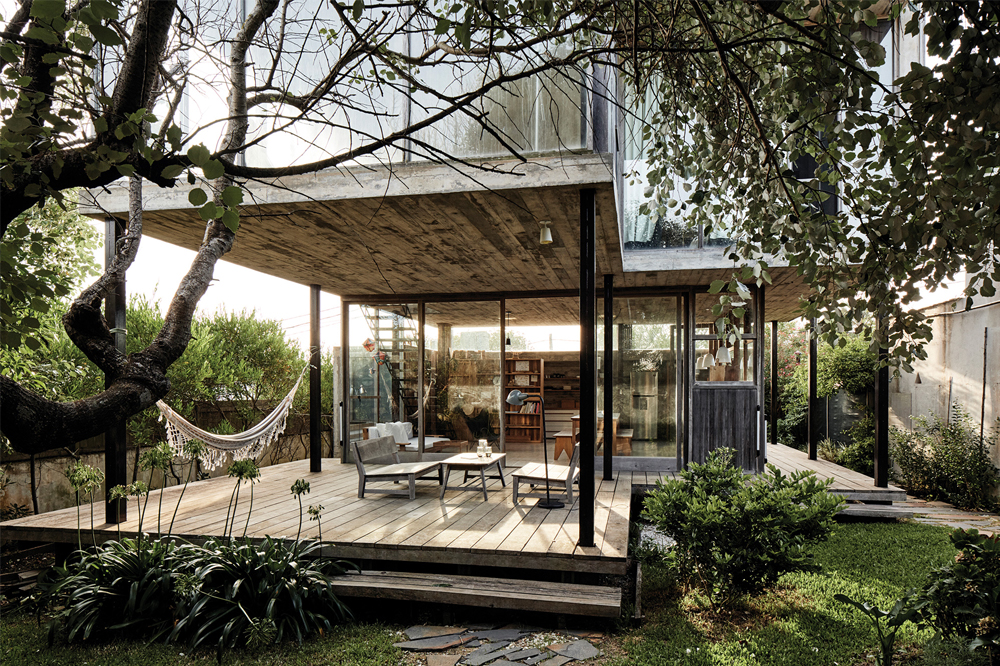
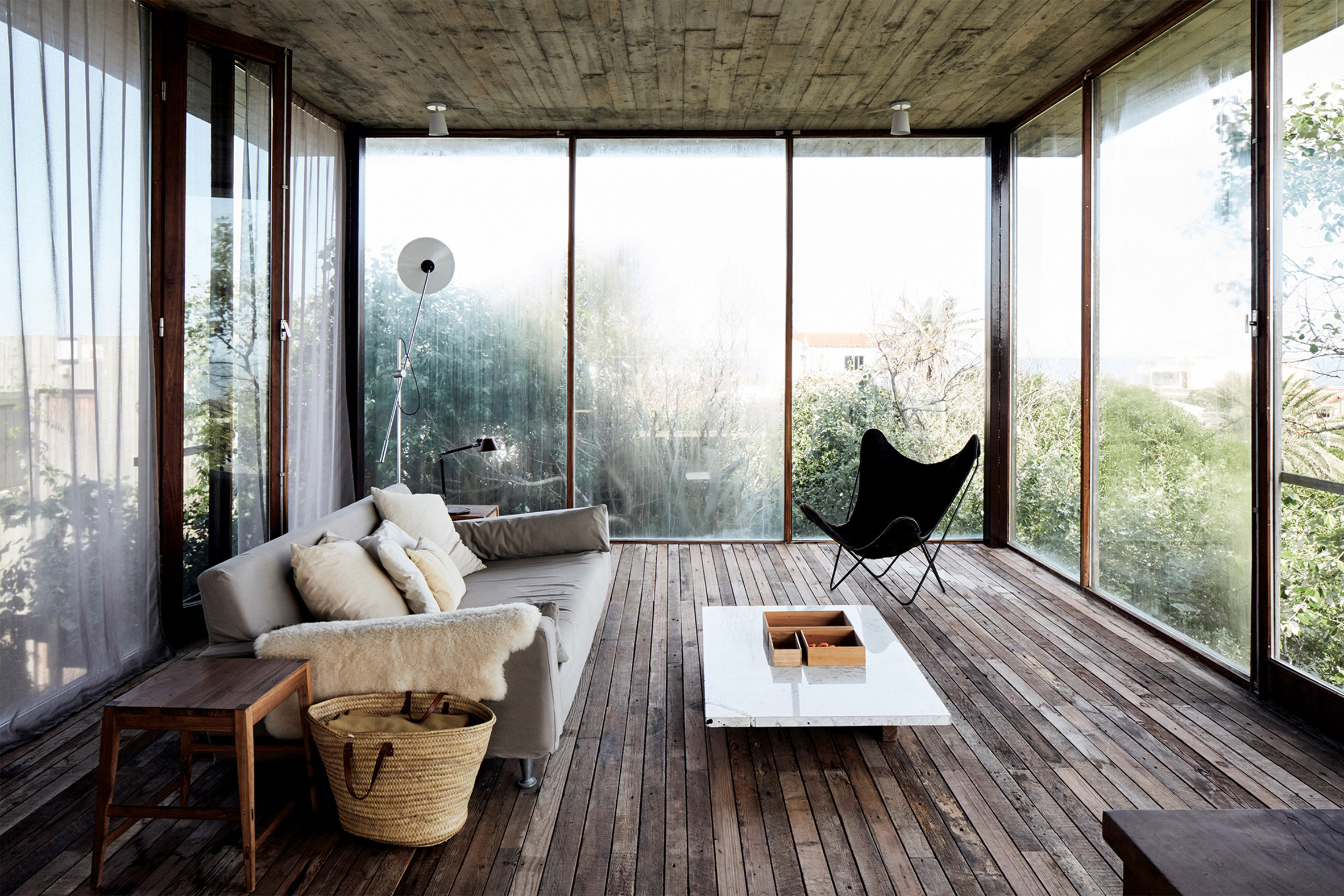
Guadalajara House – 2017
Argentinian architect Alejandro Sticotti wrapped an outdoor lounge and dining area around two trees in this house in Mexican city Guadalajara, to allow the existing trees to grow up through a void on the floor above. Sticotti, who worked with local architect Javier Rosales Iriondo on the project, said they came up with the outdoor concept in response to the climate. "We visited the lot several times and studied how the houses around it behaved to understand the territory and the weather, and we concluded that it is a warm climate most of the year and they use outdoor places a lot. That is why the gallery was thought as a central element in the house."
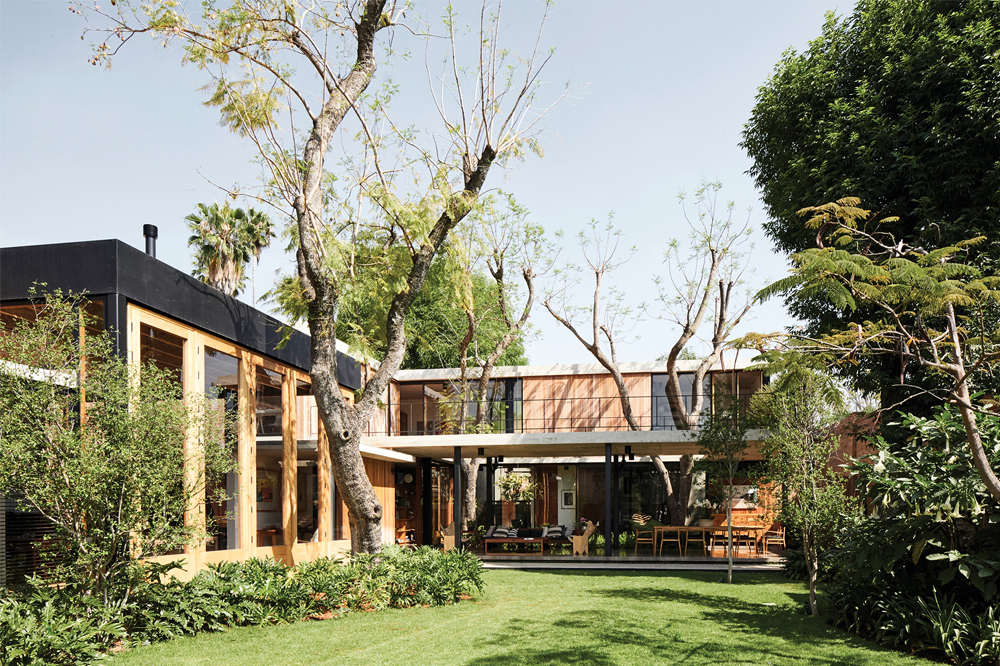

Workshop
The Sticotti workshop is where all the ideas come to life. The building includes a production area, a training workshop and a material supply room. A team of trained artisans and modern machinery ensure that every piece created has the highest quality standards.

Source: sticotti.net; dezeen; design boom;